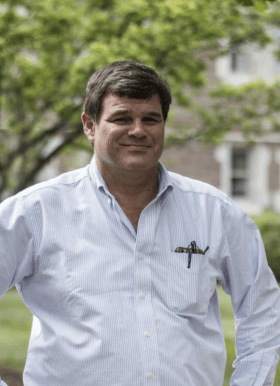
TR Kidder
Director
- Phone: 314-935-5242
- Email: trkidder@nospam.wustl.edu
Research: What causes people to arrange themselves through time into increasingly complex forms of social organization? With graduate students and collaborators, I explore these and related issues through several different projects in the eastern United States and in China.
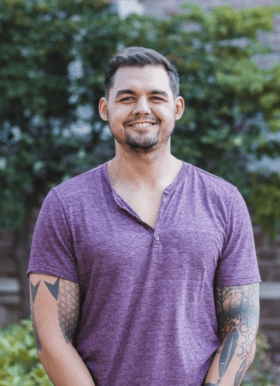
Seth Grooms
Graduate Student, Lab Member
- Email: sbgrooms@wustl.edu
My research is focused on hunter-gatherer societies in present-day Mississippi during the span of ca. 5000-3000 BP. Specifically, I am interested in the social implications of earthen mound construction by these groups.
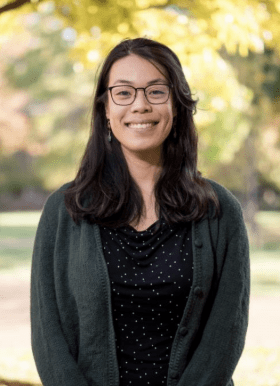
Lorraine Hu
Graduate Student, Lab Member
- Email: lorraine.hu@wustl.edu
- Marshall, Fiona, Rachel EB Reid, Steven Goldstein, Michael Storozum, Andrew Wreschnig, Lorraine Hu, Purity Kiura, Ruth Shahack-Gross & Stanley H. Ambrose
- 2018 Ancient Herders Enriched and Restructured African Grasslands. Nature 561(7723): 387-390. https://doi.org/10.1038/s41586-018-0456-9.
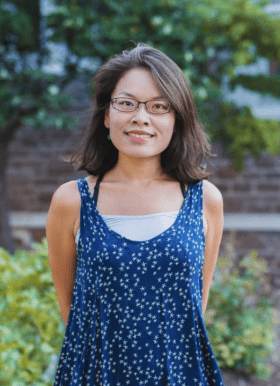
Yi-Ling Lin
Graduate Student, Lab Member
- Email: yi-ling.lin@wustl.edu
Office: McMillan 301
Yi-Ling Lin is a fourth year Ph.D. graduate student at Washington University in St. Louis. She is currently conducting her dissertation fieldwork in Anyang, Henan, China. Her project is focusing on human-environment relationships, particularly the environmental consequence of bronze production during the middle and late Shang periods in Anyang.
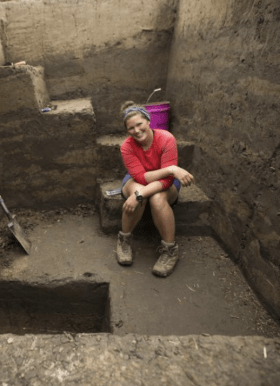
Caitlin Rankin
Graduate Student, Lab Member
- Email: rankinc@wustl.edu
My research examines how past people altered their landscape in response to environmental change. Specifically, my dissertation work combines geological techniques to reconstruct past environmental conditions and archaeological methods to understand chronology, function, and site design of a wetland mound and plaza group at Cahokia Mounds, Illinois. By doing this I hope to determine if these people responded to environmental change by investing labor to maintain the mound group’s original function or if they adapted the space to better suit new environmental conditions. In a broader context, I strive to use my research to better inform future adaptation strategies to modern environmental change.
Academia: https://wustl.academia.edu/CaitlinRankin
Publications
- Munoz S., Giosan L., Blusztajn J., Rankin, C., and Stinchcomb, G. (2019) Radiogenic fingerprinting reveals anthropogenic and buffering controls on sediment dynamics of the Mississippi River system. Geology 47(3), 271-274.
- Rankin, C., Mog, C., & Jones, S. (2017). Parkaeology and Climate Change: Assessing the Vulnerability of Archaeological Resources at Klondike Gold Rush National Historical Park, Alaska. Archaeological reviews from Cambridge, 32(2), 56-77.
- Rankin, C. (2019). Re-Envisioning the Past using Geoarchaeological Data at Cahokia Mounds, Illinois. [Poster]
- Rankin, C. (2017). Sub-mond Platform Construction at Cahokia Mounds: New Evidence from 2017 Excavations. [Poster]
- Rankin, C., Kelly, John, & Kidder, T.R. Characterizing Anthropogenic Sediments from Cahokia Mounds. [Poster]
- Accessing Cultural Resource Vulnerability to Climate Change. https://youtu.be/85iy8ixe7Bw
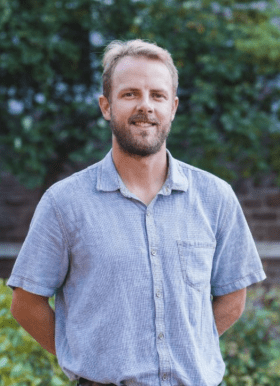
Grant Stauffer
Graduate Student, Lab Member
- Email: g.stauffer@wustl.edu
Grant is a first year graduate student whose current work is focused on the American Bottom region of North America. Generally, he is interested in how cultural knowledge and practice encoded in architecture, iconography, craftworks, and social organization facilitates human modification of the natural environment and vice-versa. Landscape alteration, especially in the creation of earthen monuments, often reenacts cosmology and engenders new social realities that people must respond to. Geoarchaeology provides the means of understanding how these efforts are carried out and what the sequences of these realities may look like.
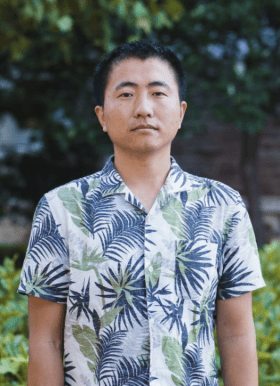
Kai Su
Graduate Student, Lab Member
- Email: sukai@wustl.edu
I work at the lakeside site of Haimenkou in Yunnan, Southwestern China. My current research focuses on the reconstruction of the lake environment during the occupation period of the late Neolithic and Bronze Age. Specifically, when was the lake basin habitable to ancient people and how the landscape was used, and what were the driving factors that contributed to the abandonment of the site? My interest is to answer those questions by starting with the analysis of sediments.
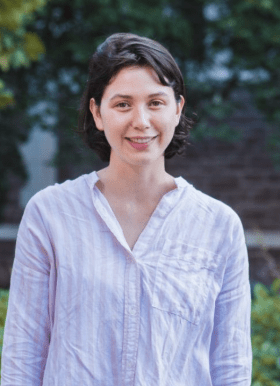
Grace Ward
Graduate Student, Lab Member
- Email: g.m.ward@wustl.edu
My research focuses on relationships between people and plants in the Lower Mississippi Valley about 4,000 to 3,000 years ago during the Late Archaic period. Working at the Jaketown site in Mississippi, I use macrobotanical analysis to explore landscape management practices beyond domesticate-based agriculture, specifically people’s entanglements with perennials such as fruit and nut trees. My previous work examined the varietal diversity of maize grown in the Central Mississippi Valley prior to European contact. Both projects are situated in a broader interest in the history of land use and human-related biodiversity in the indigenous Americas.